Sylhet Tea Garden Tour: Nature, Culture & Green Serenity
Nestled in the northeastern region of Bangladesh, Sylhet stands as a testament to nature’s extraordinary beauty and agricultural heritage.
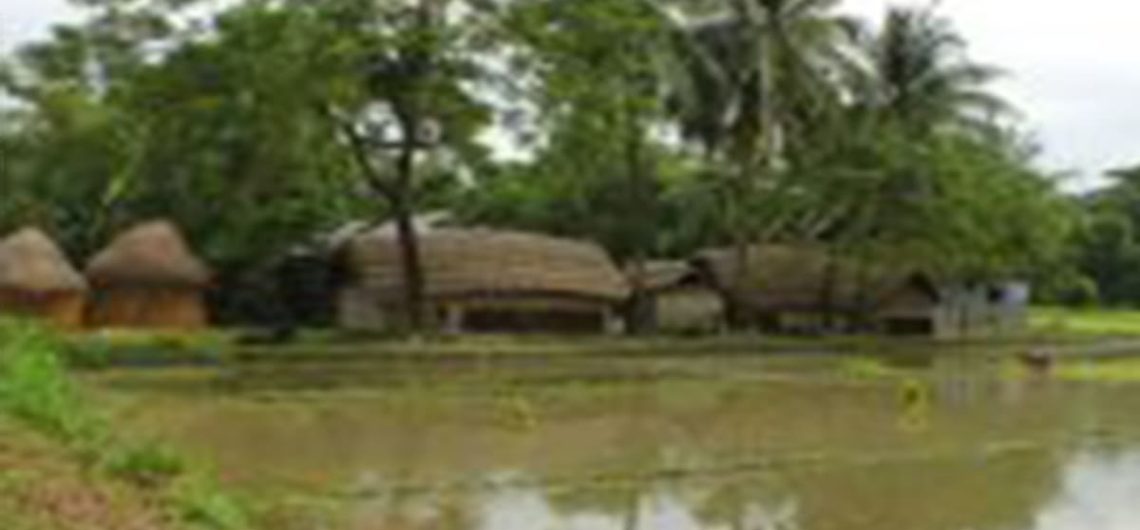
Bangladesh, the world’s largest delta country, offers an extraordinary blend of natural wonders, vibrant culture, and heartwarming hospitality that makes it a unique destination for travelers seeking authentic experiences. From the world’s longest natural sea beach to the largest mangrove forest, Bangladesh presents countless treasures waiting to be discovered.

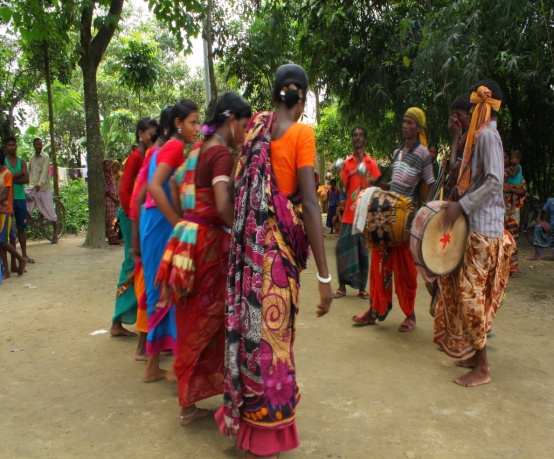
The true essence of Bangladesh lies in its people‘s remarkable hospitality. In this nation of diversity, where about 90% of the population faces socio-economic challenges, the warmth of human connection transcends all barriers. Foreigners often find themselves treated like celebrities, especially in rural areas where curious children and welcoming locals gather to share smiles and stories. The country is home to 39 distinct Indigenous communities, creating a rich tapestry of cultures where Muslims, Hindus, Buddhists, and Christians coexist harmoniously.

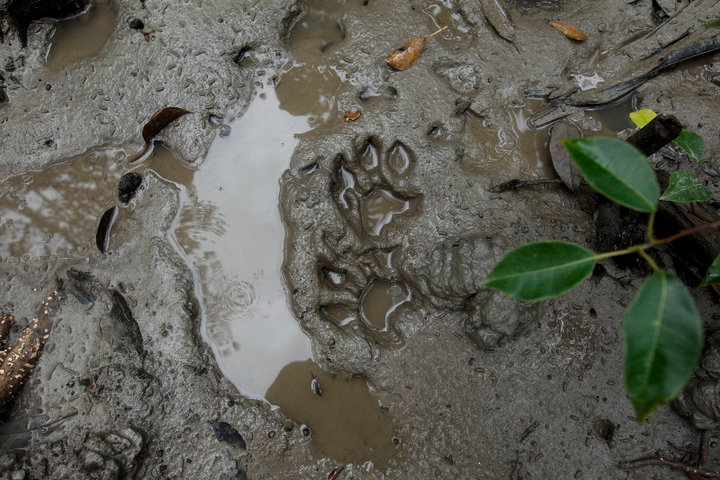
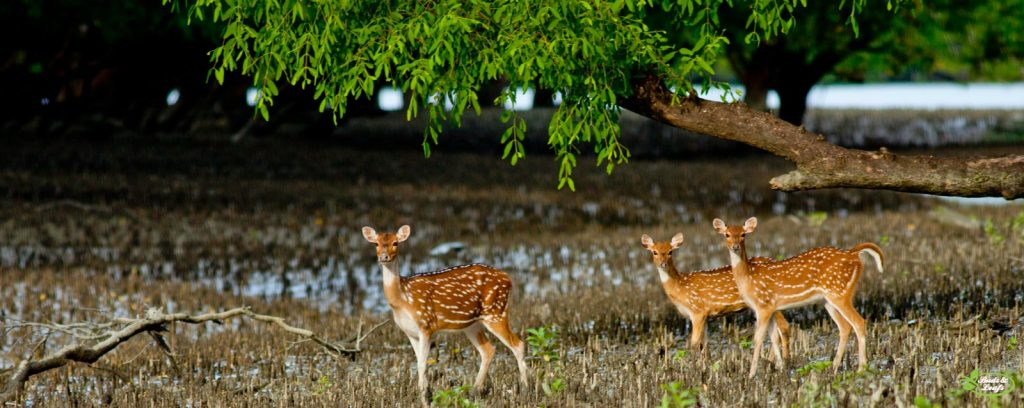
The Sundarbans, a UNESCO World Heritage site, stands as the planet’s largest continuous mangrove forest. This 6,000-square-kilometer ecosystem hosts an incredible biodiversity: 400 fish species, 30 reptile species, 40 mammal species, and 70 bird species. The forest is also home to the majestic Royal Bengal Tiger, making it a must-visit destination for nature enthusiasts and wildlife photographers.
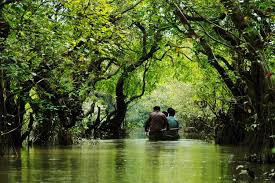
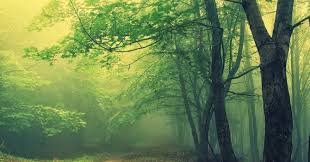
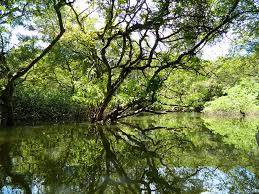
Stretching an impressive 120 kilometers, Cox’s Bazar boasts the world’s longest unbroken sea beach. This natural wonder, with its 100-meter width and surrounding islands like St. Martin’s, offers visitors pristine sandy shores and refreshing sea breezes, perfect for both relaxation and adventure.


The Bangladesh National Parliament Building, designed by renowned architect Louis I. Kahn, stands as a testament to modern architectural brilliance. Spanning 200 acres, this legislative complex features nine blocks with distinctive geometric shapes and an artificial lake that mirrors Bangladesh’s riverine beauty.
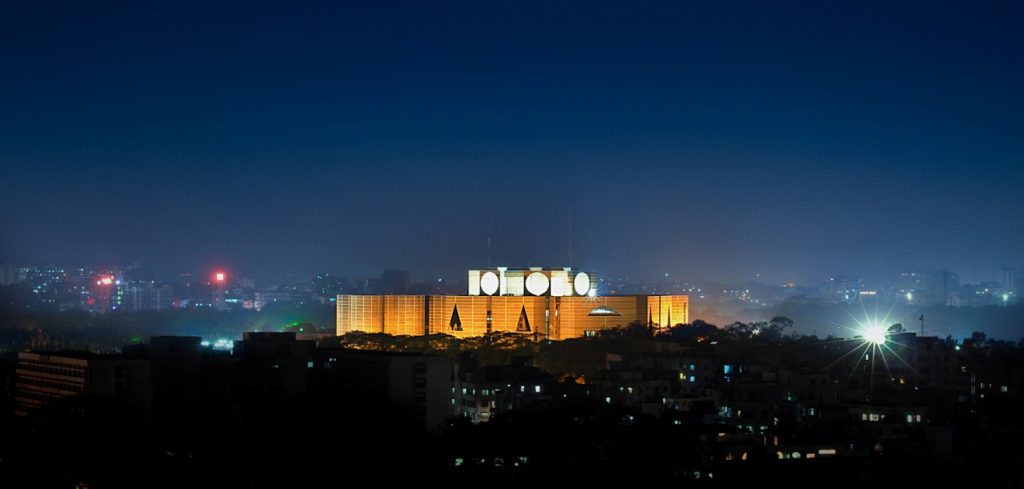
Dhaka holds the Guinness World Record for the most bicycles in a city. These colorful vehicles, first introduced in the 1930s, have evolved into moving art galleries, decorated with vibrant paintings that reflect Bengali culture. More than just transportation, rickshaws represent a crucial part of Bangladesh’s urban identity and daily life.
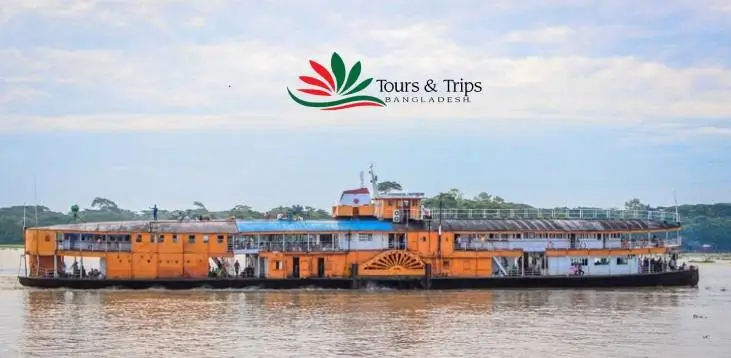
The legendary “Rocket” Paddle Steamer, a century-old British-built vessel, offers one of the most authentic ways to explore Bangladesh’s waterways. This unique cruise experience takes visitors through the heart of the delta country, providing stunning views and a glimpse into riverside life.
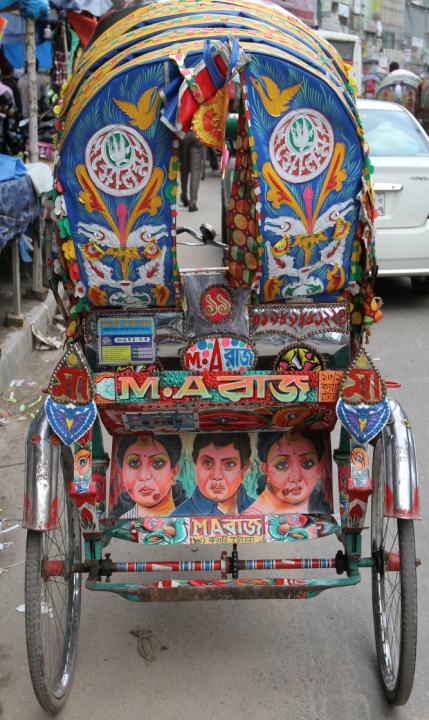
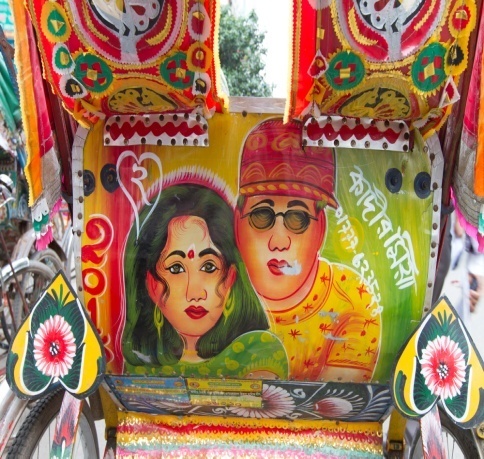
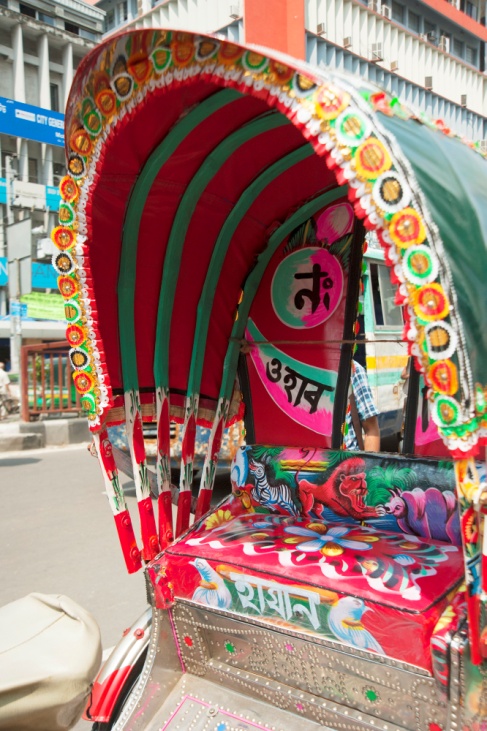
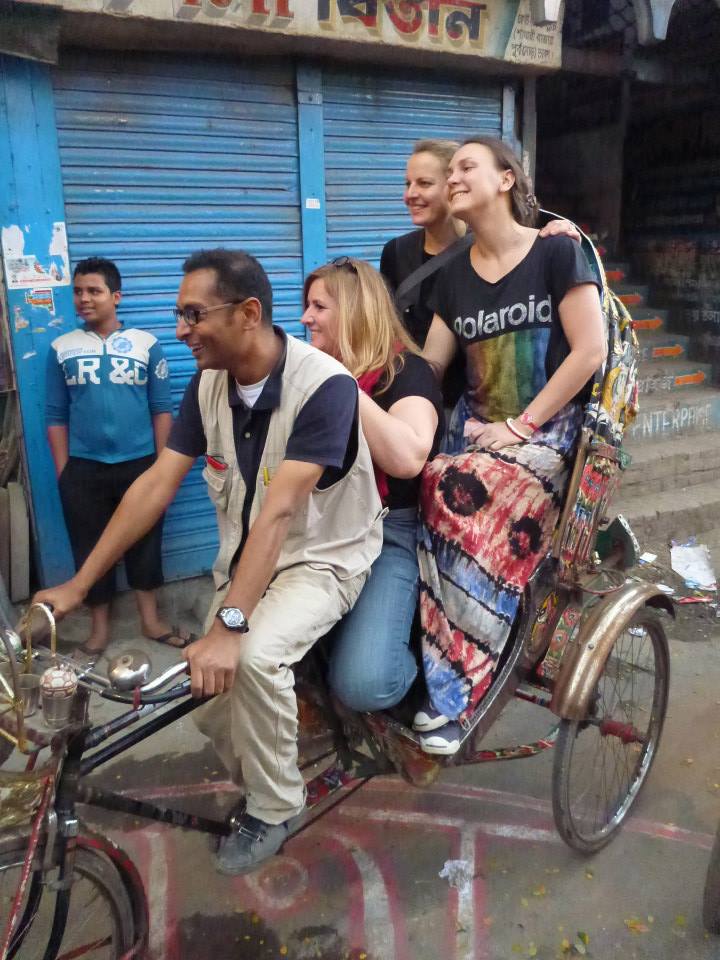
The largest man-made lake in Bangladesh, Kaptai Lake provides breathtaking cruise experiences past hilltop tribal villages. The lake has become a haven for migratory birds and offers spectacular sunset views, making it a photographer’s paradise.

Bangladesh’s festival calendar reflects its diverse cultural heritage. The country celebrates various religious festivals, including:
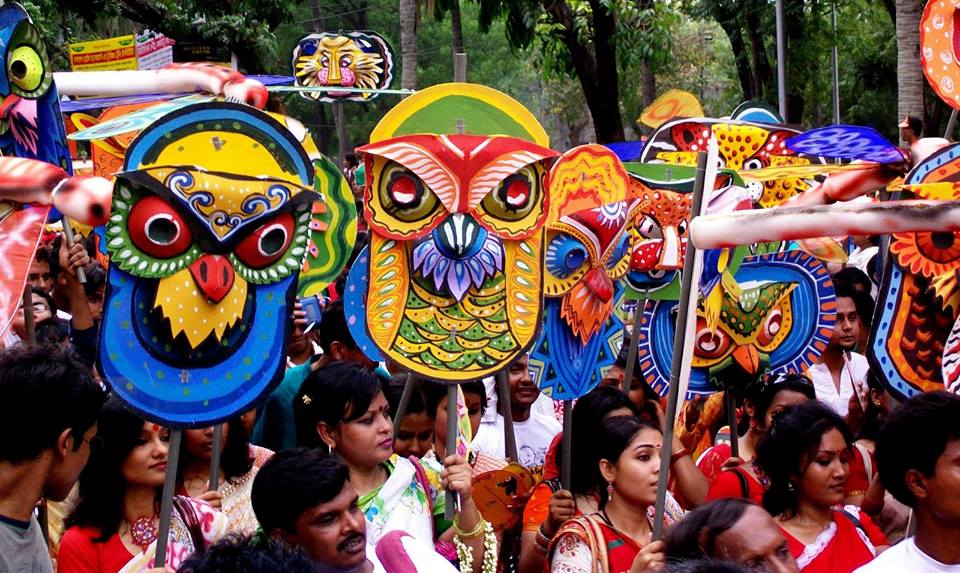
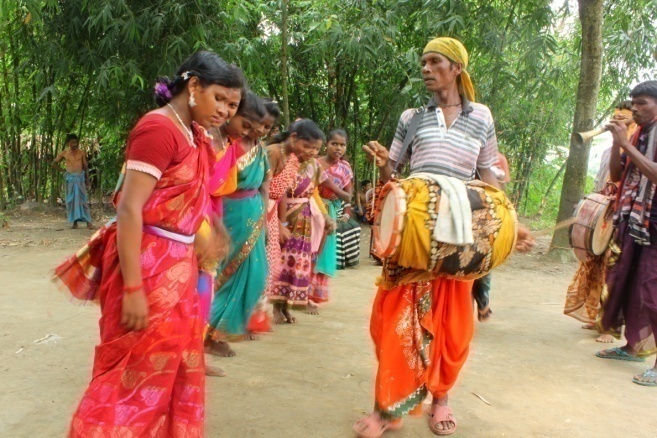
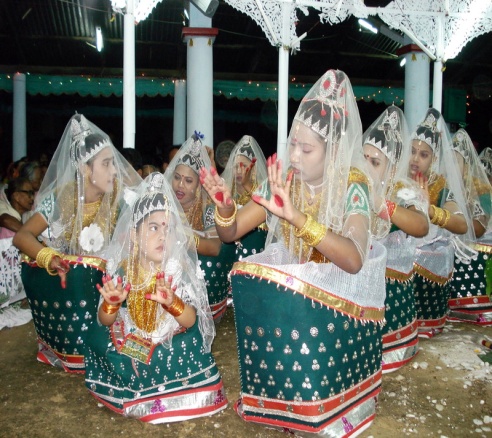
Cultural festivals like Pahela Baishakh (Bengali New Year), Basanto Utsab (Spring Festival), and various national celebrations showcase the country’s rich traditions and unity in diversity.
Bangladesh is increasingly focusing on sustainable tourism initiatives, with organizations working to preserve cultural heritage and implement eco-friendly practices. Homestay programs offer visitors authentic experiences while supporting local communities, creating employment opportunities, and helping reduce rural-urban migration.
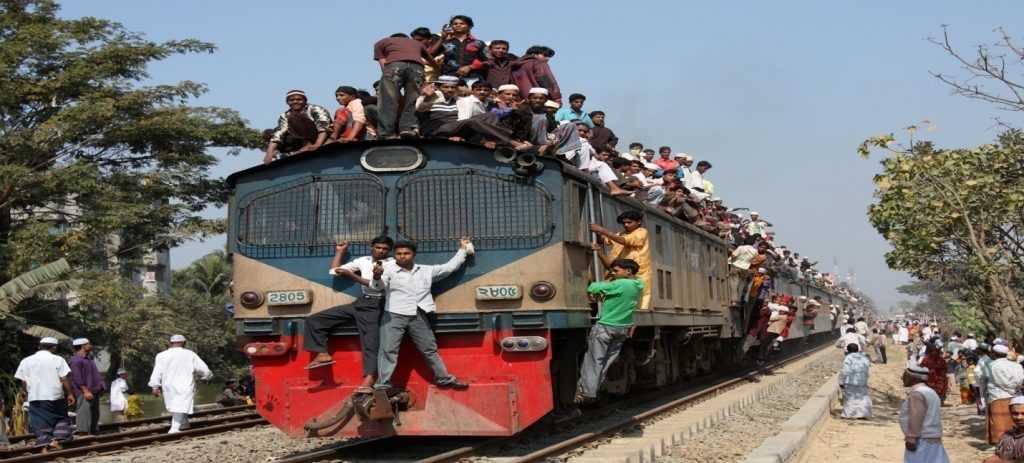
No visit to Bangladesh is complete without sampling its street food, particularly Fuska, a popular snack made with crispy shells stuffed with potatoes and chickpeas, served with tangy tamarind sauce. The country’s culinary scene offers a unique blend of flavors that reflect its rich cultural heritage.

For the best experience in Bangladesh, consider:
Bangladesh offers travelers an authentic South Asian experience away from the usual tourist trails. With its warm-hearted people, natural wonders, rich cultural heritage, and unique experiences, Bangladesh deserves a top spot on any traveler’s bucket list. Whether you’re seeking adventure, cultural immersion, or natural beauty, the best of Bangladesh promises unforgettable memories and experiences that will stay with you long after your journey ends.



Fuska is a roadside food attraction. Everyone loves to sit by the roadside enjoying a plate of Fuska with tamarind sauce; this mouth-watering snackwith its secret recipe is stuffed with potatoes and chick peas. Make a little time to treat yourself.



Bangladesh is generally safe for tourists, especially with locals known for their exceptional hospitality. However, like any destination, visitors should take standard precautions, stay aware of their surroundings, and respect local customs. It’s recommended to travel with reputable guides when visiting remote areas.
The best time to visit Bangladesh is during the winter season (November to February) when the weather is dry and pleasant with temperatures ranging from 15°C to 25°C. This period also coincides with many cultural festivals, making it ideal for experiencing local traditions.
A comprehensive tour of Bangladesh’s main attractions typically requires 10-14 days. This allows time to visit the Sundarbans, Cox’s Bazar, explore Dhaka city, experience a Rocket Steamer journey, and visit cultural sites. However, shorter 5-7 day trips can cover key highlights.
Yes, most international visitors need a visa to enter Bangladesh. Many nationalities can obtain a visa on arrival for tourism purposes, while others need to apply at a Bangladeshi embassy before travel. It’s recommended to check current visa requirements before planning your trip.
Don’t miss taking a traditional rickshaw ride in Dhaka, cruising through the Sundarbans mangrove forest, watching sunset at Cox’s Bazar beach, experiencing a journey on the historic Rocket Steamer, and trying local street food like Fuska. These experiences offer authentic insights into Bangladesh’s culture and natural beauty.
These FAQs address common concerns and queries potential visitors might have when planning a trip to Bangladesh. Would you like me to modify any of the answers or add different questions?